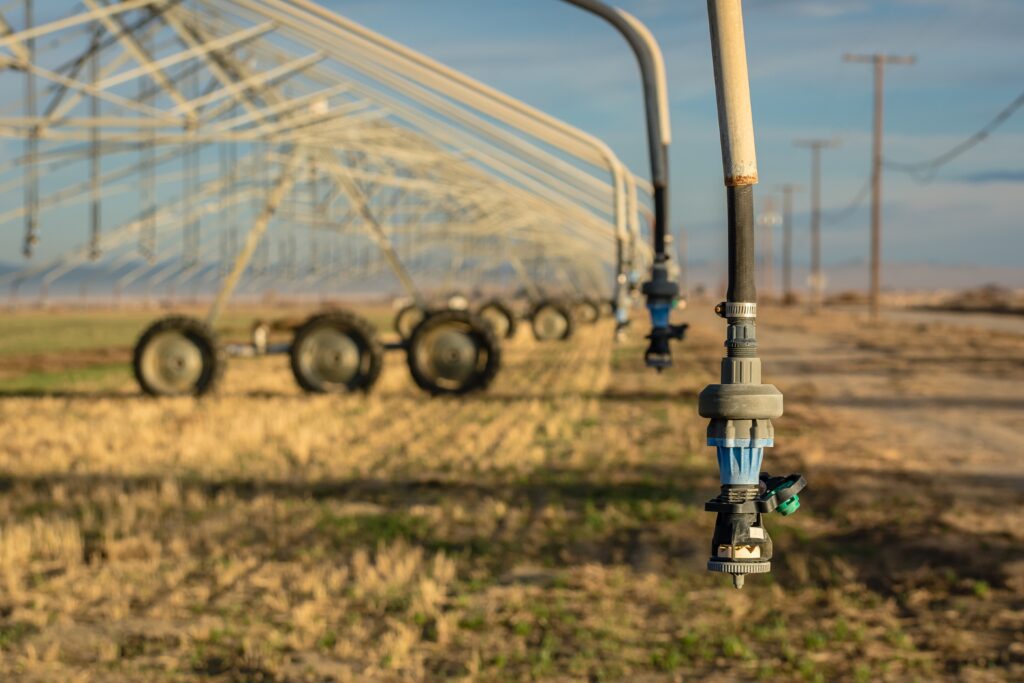The Great Plains region of the United States relies on agriculture, producing corn, canola, barley, sorghum, soybeans, cotton, hay, alfalfa, and wheat. The region has been plagued by heat waves and drought in recent years, causing some crop prices to skyrocket. Farmers fear the Ogallala Aquifer, which provides water to many Great Plains states, may dry up. Discharge for irrigation has caused an average water level decline of 14.2 feet since irrigation began in 1950.
The drought caused prices of hay, alfalfa, and grass to increase by 22% per ton since last year. International hay sales to nations with scarce water resources such as China and Saudi Arabia remained steady. However, domestic farmers tend to cull herds if local hay runs out because it is not cost-effective to transport long distances.
Last year, 33% of U.S. farmers reported having to remove trees and multiyear crops because of the drought. Water access is vital to smooth agricultural and ranching operations. The shortage has already caused some farmers to have water trucked in, which is expensive due to fuel costs, and others to switch to raising cattle.
States in the region have varying regulations on how groundwater may be pumped. Some states restricted water use during the drought, but inconsistent policies may benefit farmers in certain states over others, as natural structures such as aquifers do not adhere to border rules. Luckily, May saw greater rainfall in southwest Nebraska and northwest Kansas, delaying planting but offering hope to farmers that they could recover some costs.
Experts have anticipated that that climate change will hit the Great Plains region hard. NOAA predicted that even if carbon emissions are curbed the Northern Plains region could see temperature increases between 2-4 degrees over the next 30 years, exacerbating droughts and heat waves. Rain could also fall more intensely, causing flooding, which could also damage crops.
The El Nino Southern Oscillation, a phenomenon that brings about warmer weather in equatorial Pacific waters, inducing more extreme weather patterns, is expected to begin during the second half of 2023. It could relieve the Great Plains region of some of its drought conditions. Texas farmers are anticipating its arrival, though the period between April and May saw only a 1% decrease in drought conditions in the state.
Food prices are inextricably linked to the effects of climate change. Average food prices around the globe recently reached a 2-year low. However, inflation persists in many areas.














